Planning a postgraduate medical career abroad is a complex process, and Australia stands out as one of the top-tier destinations for Indian MBBS graduates.
Planning PG in Australia after MBBS can feel overwhelming due to complex licensing rules, exams, and job requirements. Australia is one of the most sought-after destinations for Indian doctors because of its high salaries, excellent work–life balance, and globally respected healthcare system, but success depends on understanding the AMC pathway early.
If you want to pursue PG in Australia after MBBS, you must secure AMC registration, not a university degree. This guide explains exactly how Indian MBBS graduates can pass the AMC pathway, obtain medical licensure, and enter Australia’s paid hospital training system in 2026–2027.
Why You Should Choose PG in Australia After MBBS:
Australia offers a compelling blend of professional and personal advantages:
Choose your dream country
When do you want to study abroad?
What's your highest level of education?
Select you current city
How Leap will help you
Personalised University Shortlist
Express Applications with Quicker Admits
End-to-End Application Support
- World-Class Healthcare System: Training takes place in contemporary hospitals with advanced medical technology and a commitment to quality care.
- High Financial Rewards: Doctors in Australia earn some of the highest salaries globally, with Staff Specialists/Consultants earning up to ₹3.1 Crore annually.
- Structured Pathway to PR: Successfully navigating the clinical pathway provides a clear route to permanent residency and long-term stability.
- A Great Quality of Life: The country offers a high standard of living and a diverse, multicultural society.
Step-by-Step Procedure to Do Medical PG in Australia
The Australian Medical Council (AMC) Standard Pathway is the most popular and relevant route for Indian MBBS graduates to gain the right to practice medicine in Australia. It is a mandatory sequence of steps to obtain General Registration (full license).
Step 1: Primary Source Verification (PSV) via EPIC
The first non-negotiable step is proving your MBBS degree is authentic. This is done through the Electronic Portfolio of International Credentials (EPIC) service.
- What it is: The verification of your MBBS degree and transcripts by EPIC (managed by the ECFMG in the USA).
- Initial Cost: Approximately $200+ AUD (₹12,300+ INR).
- Significance: This is a mandatory pre-application step for the AMC exams.
Step 2: English Language Proficiency (ELP)
To work in an English-speaking hospital, you must pass an approved English test. The results are required for medical registration with the Medical Board of Australia.
- Required Test: IELTS Academic Module or OET.
- Minimum Score: IELTS 7.0 overall (with no band score below 6.5 in Reading, Writing, Speaking, or Listening).
- Cost: Approximately $350 - $400 AUD (₹21,500 - ₹24,600 INR).
Step 3: Pass the AMC CAT MCQ Examination
This is the first major regulatory hurdle. It assesses your theoretical medical knowledge at the level of a fourth-year Australian medical student.
- Format: Computer-Adaptive Multiple-Choice Question (MCQ) test.
- Where to Take It: Available at testing centres worldwide, including those in India.
- Cost: Approximately $3,000 AUD (₹1,84,500 INR).
Step 4: Pass the AMC Clinical Examination
Once you clear the MCQ, you must demonstrate your practical clinical and communication skills.
- Format: Face-to-face, practical assessment with simulated patient encounters.
- Location: Conducted in Australia.
- Significance: Passing this exam awards you the AMC certificate, making you eligible to apply for provisional registration.
- Cost: Approximately $4,000 AUD (₹2,46,000 INR).
Step 5 & 6: Provisional Registration and Supervised Practice
With your AMC certificate, you can apply for provisional registration with the Medical Board of Australia. This status allows you to legally secure your first paid hospital job.
- The Job: You must secure a supervised placement as an Intern, Resident Medical Officer (RMO), or Junior House Officer (JHO).
- Mandate: You are required to satisfactorily complete 12 months of full-time equivalent supervised practice in an approved hospital setting.
- Status: You are a salaried employee from day one, earning an income while gaining local experience.
Step 7: Achieve General Registration
After completing your 12 months of supervised practice, you can apply for General Registration.
- The Result: This grants you a full and independent license to practice medicine anywhere in Australia.
- The Gateway: General Registration is the crucial gateway that allows you to apply for highly competitive, salaried speciality training programs (Registrar roles).
If you’ve passed both AMC MCQ and Clinical exams → you apply for provisional registration. If you’ve passed only the MCQ → you typically start with limited registration while you complete supervised practice and then the clinical exam or WBA. Medical Board of Australia
Financial Snapshot: Cost, Salaries, and ROI
Understanding the financial structure is key. Your investment is high initially, but the Return on Investment (ROI) is substantial and fast.
Cost Breakdown: PG in Australia After MBBS (AMC + Visa + Living)
The total estimated cost to complete the full AMC Standard Pathway (exams, verification, application fees, but excluding relocation) is approximately ₹7 Lakhs to ₹9 Lakhs INR. This cost unlocks your clinical career.
| Expense Category | Item | Approx. Cost (AUD) | Approx. Cost (INR) |
|---|---|---|---|
| Phase 1: AMC Registration & Exams | EPIC degree verification | 200+ | ₹12,300+ |
| AMC Part 1 (MCQ) | 3,000 | ₹1,84,500 | |
| English Test (IELTS/OET) | 350–400 | ₹21,500–₹24,600 | |
| AMC Part 2 (Clinical) | 4,000 | ₹2,46,000 | |
| Phase 2: Visa & Relocation | Visa application fee | 715+ | ₹44,000+ |
| One-way airfare to Australia | 800–1,500 | ₹49,200–₹92,250 | |
| Settlement funds (rent bond, etc.) | 3,000–5,000 | ₹1,84,500–₹3,07,500 | |
| Phase 3: Living Costs (per year) | Yearly living expenses (major city) | 25,000–30,000 | ₹15,00,000–₹18,50,000 |
Expected Annual Salary (The ROI)
Once you secure your first salaried position, your earnings quickly offset the initial investment.
| Career Stage | Role Description | Average Annual Salary (AUD) | Approximate Annual Salary (INR) |
|---|---|---|---|
| Intern (PGY1) | First year of supervised practice post-graduation. | AUD 75,000 – AUD 95,000 | ₹46.5 Lakhs – ₹59 Lakhs |
| Resident (RMO/JHO) | Doctor with 2+ years of experience, before speciality training. | AUD 85,000 – AUD 130,000 | ₹52.5 Lakhs – ₹80.5 Lakhs |
| Registrar (Speciality Trainee) | Doctor officially training in a chosen speciality. | AUD 110,000 – AUD 160,000 | ₹68 Lakhs – ₹99 Lakhs |
| Staff Specialist / Consultant | Fully qualified specialist working in a hospital. | AUD 250,000 – AUD 500,000+ | ₹1.5 Crore – ₹3.1 Crore+ |
Exchange Rate Disclaimer: All INR values are approximate based on an estimated exchange rate (1 AUD = ₹59.19 as of the current period) and should be checked against the latest rates when planning your finances.
Conclusion: Start Your AMC Prep Now
The journey to becoming a licensed doctor in Australia is a marathon, not a sprint, but it leads to an immensely rewarding career and lifestyle. The key is to treat it as a structured professional licensing and employment sequence, with the AMC Standard Pathway as your non-negotiable first goal.
If you are serious about achieving your goal of medical specialisation in Australia, the time to start is now. Our experts at Leap Scholar specialise in guiding Indian doctors through this exact, step-by-step process.
Ready to map out your personalised plan? Book a free call with our experts today at Leap Scholar.
How much does PG cost in Australia after MBBS?
The initial financial investment for the mandatory licensing process (EPIC verification, AMC exams, and visa fees) is approximately ₹7 Lakhs to ₹9 Lakhs. This is the necessary cost to start earning. University-based Master’s degrees, which are optional, carry a separate, high tuition cost of around ₹30–50 Lakhs per year.
How long is the PG in Australia after MBBS?
The duration depends on your chosen path.
Academic Master's Degree (Optional): Typically 1.5 to 2 years.
Clinical Specialisation (The Goal): After your MBBS, you work as a junior doctor (2+ years) and then apply for speciality training (Registrar track), which can take an additional 4 to 7 years to complete, depend
Can an Indian MBBS doctor work in Australia?
Yes, absolutely. The essential requirement is successfully clearing the full Australian Medical Council (AMC) exams (MCQ and Clinical) to gain provisional and then general medical registration. Once registered, you are eligible to apply for hospital jobs just like any other doctor.
Do PG students get a stipend in Australia?
The doctors in the clinical specialisation track (Registrars) are not considered students; they are full-time hospital employees. Therefore, they do not receive a small stipend. Instead, they are paid a full, generous salary for the work they do, starting at around AUD 110,000+ (over ₹68 Lakhs) per year.
What is the salary of an MBBS doctor in Australia?
Starting salaries for a Junior Doctor (Intern/JHO) are very good, ranging from AUD 75,000 to AUD 95,000 (roughly ₹46.5 Lakhs to ₹59 Lakhs) annually. A fully qualified Specialist (Consultant) can earn between AUD 250,000 and AUD 500,000+ (₹1.5 Crore to ₹3.1 Crore+) per year.
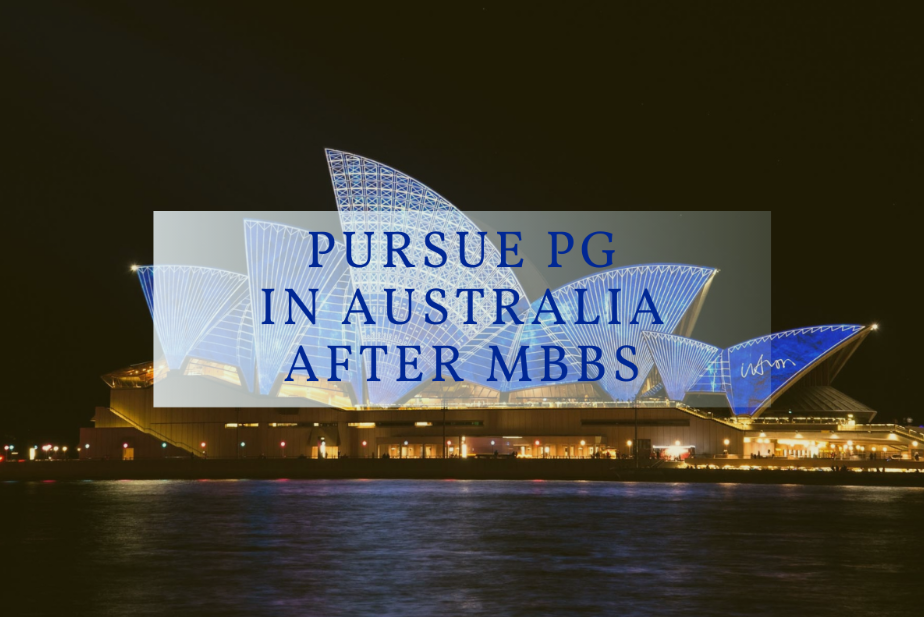



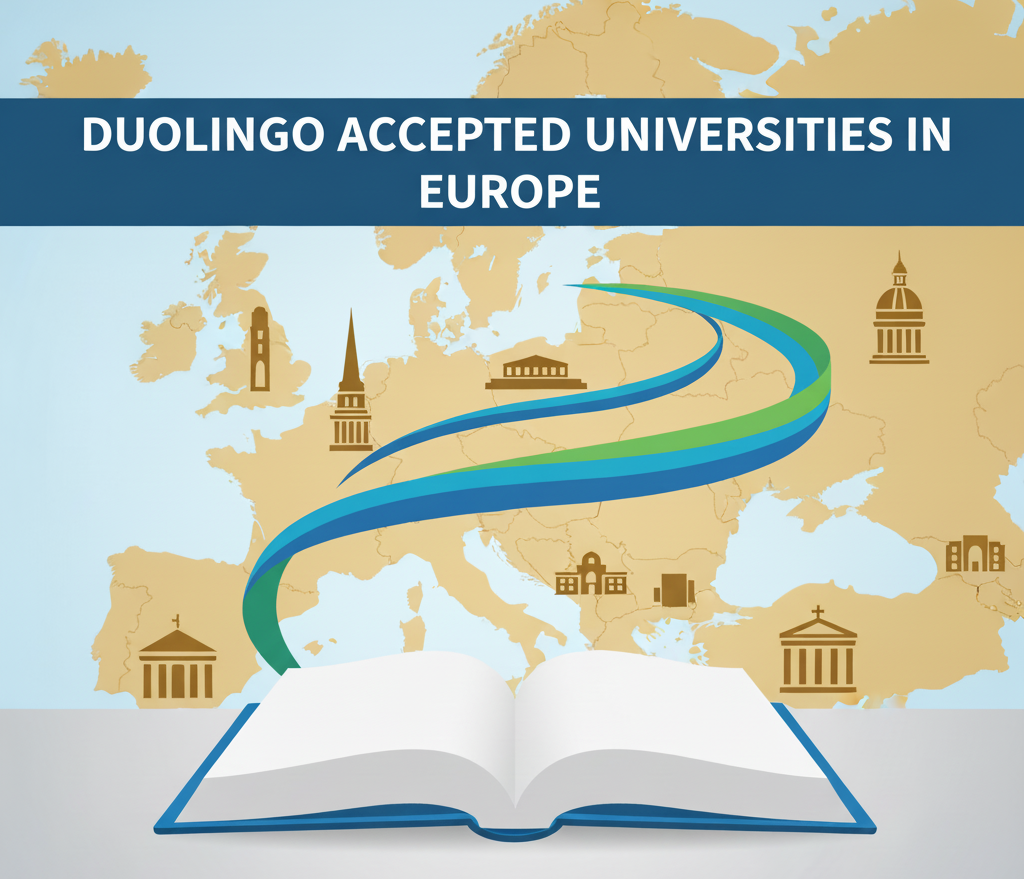
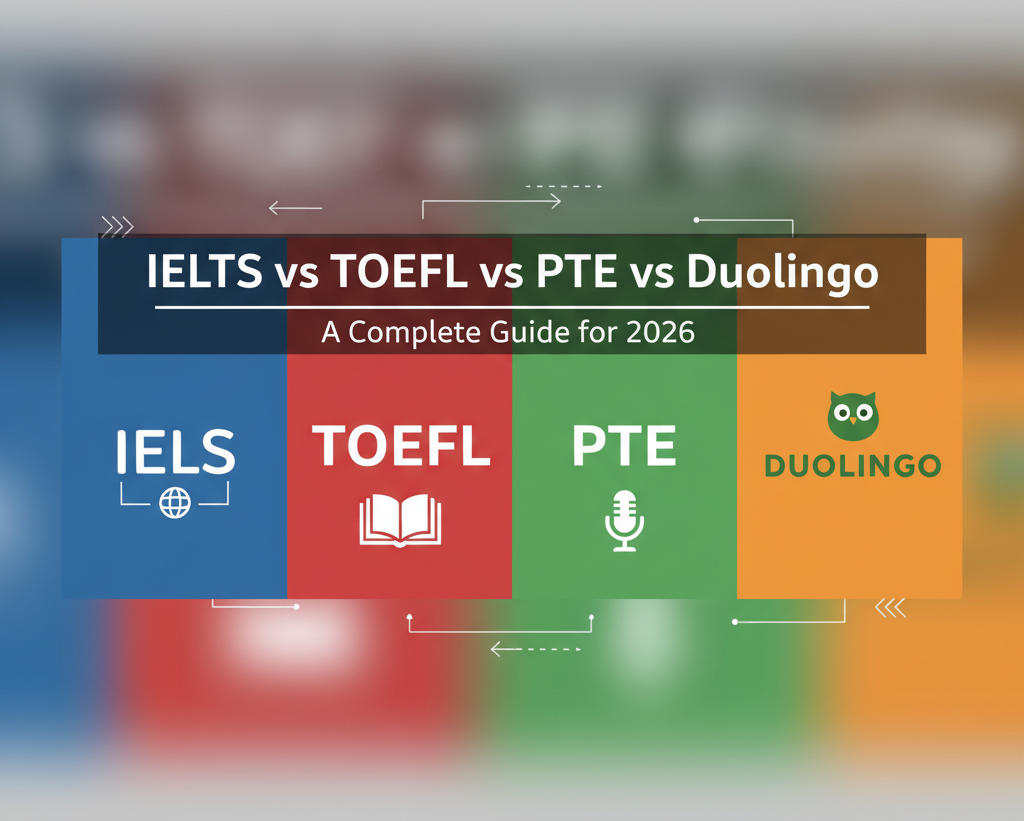


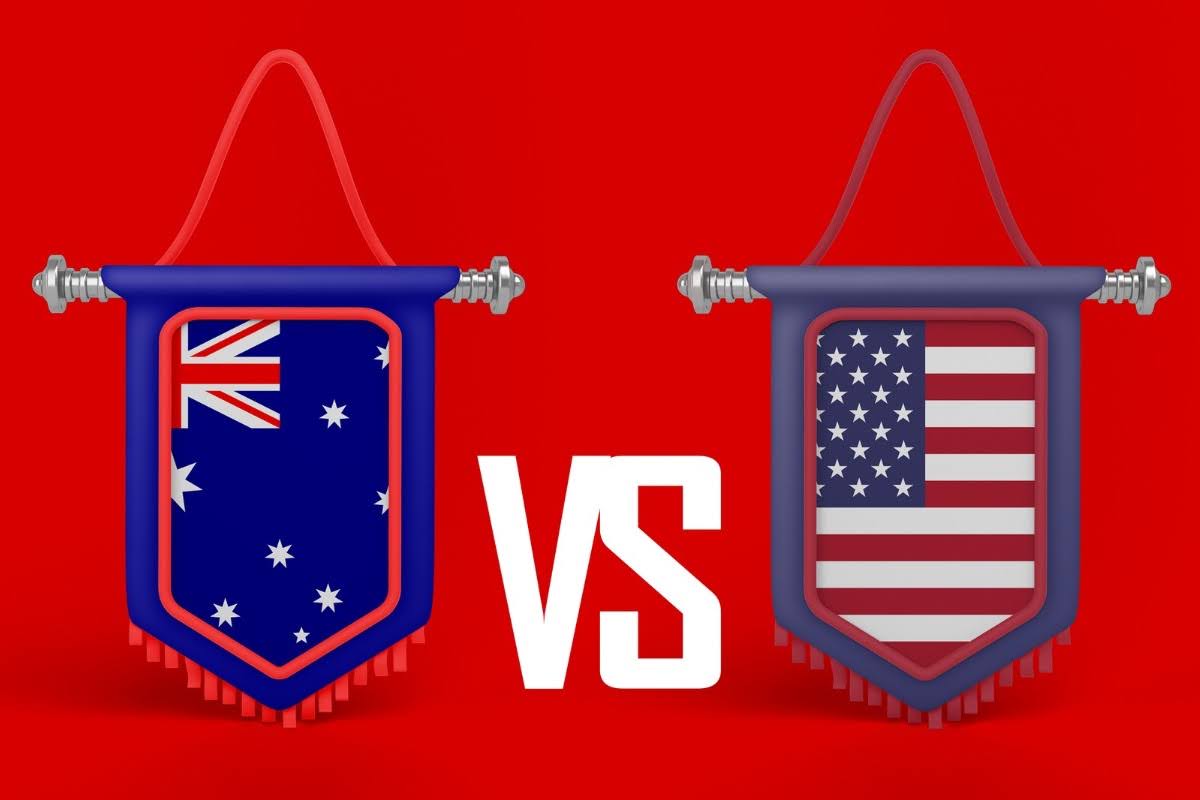
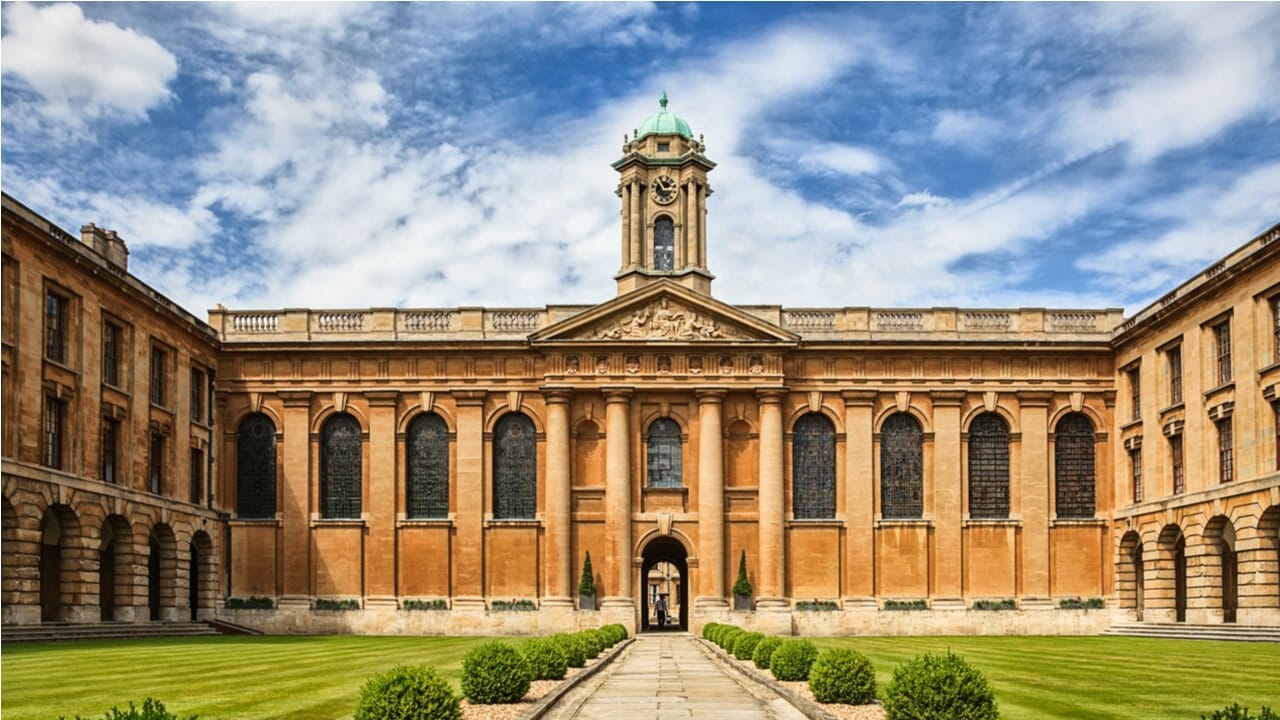





Have Questions? Get Guidance to reach your Dream University
Connect with India's finest counsellors and biggest study abroad community.
Get Guidance